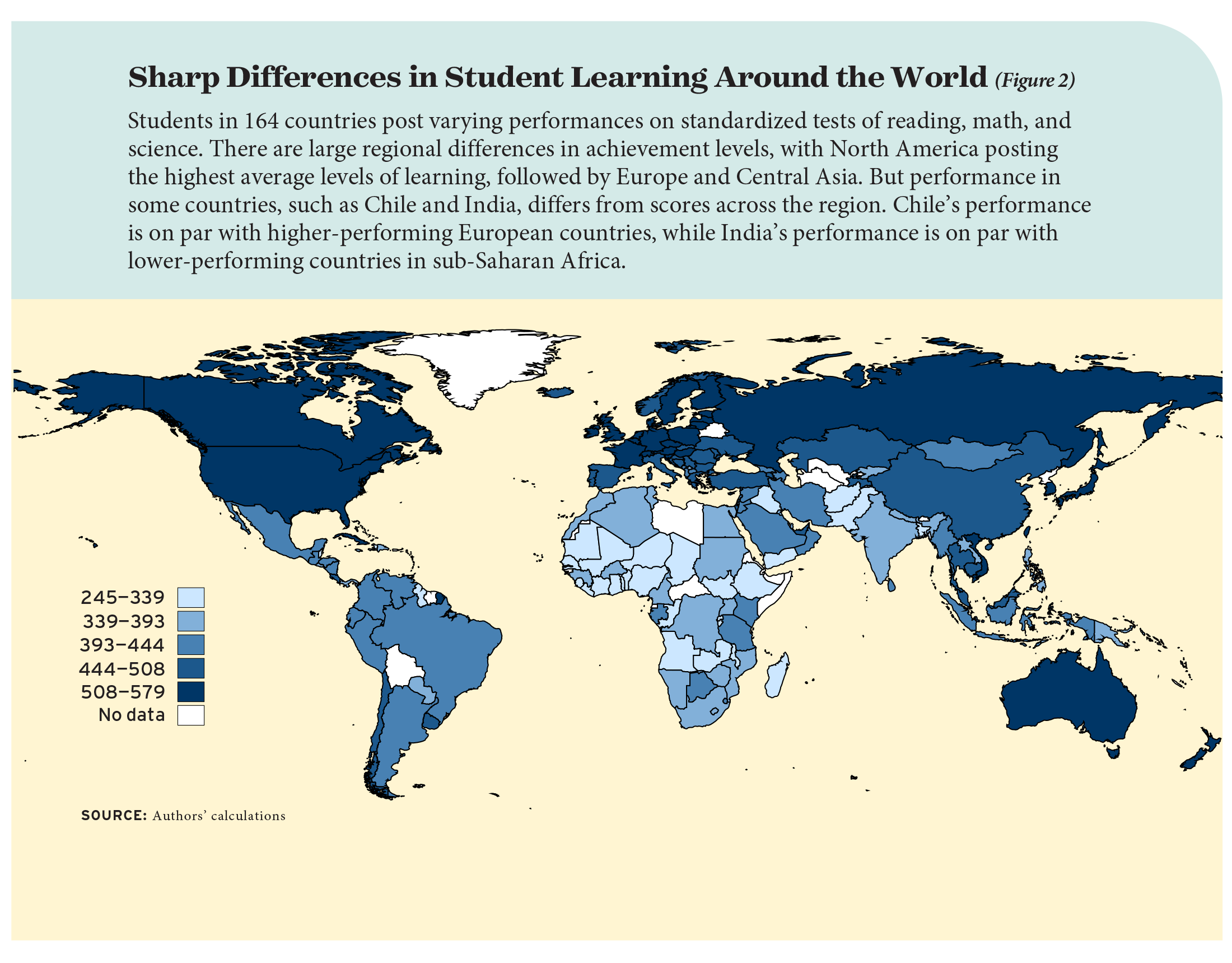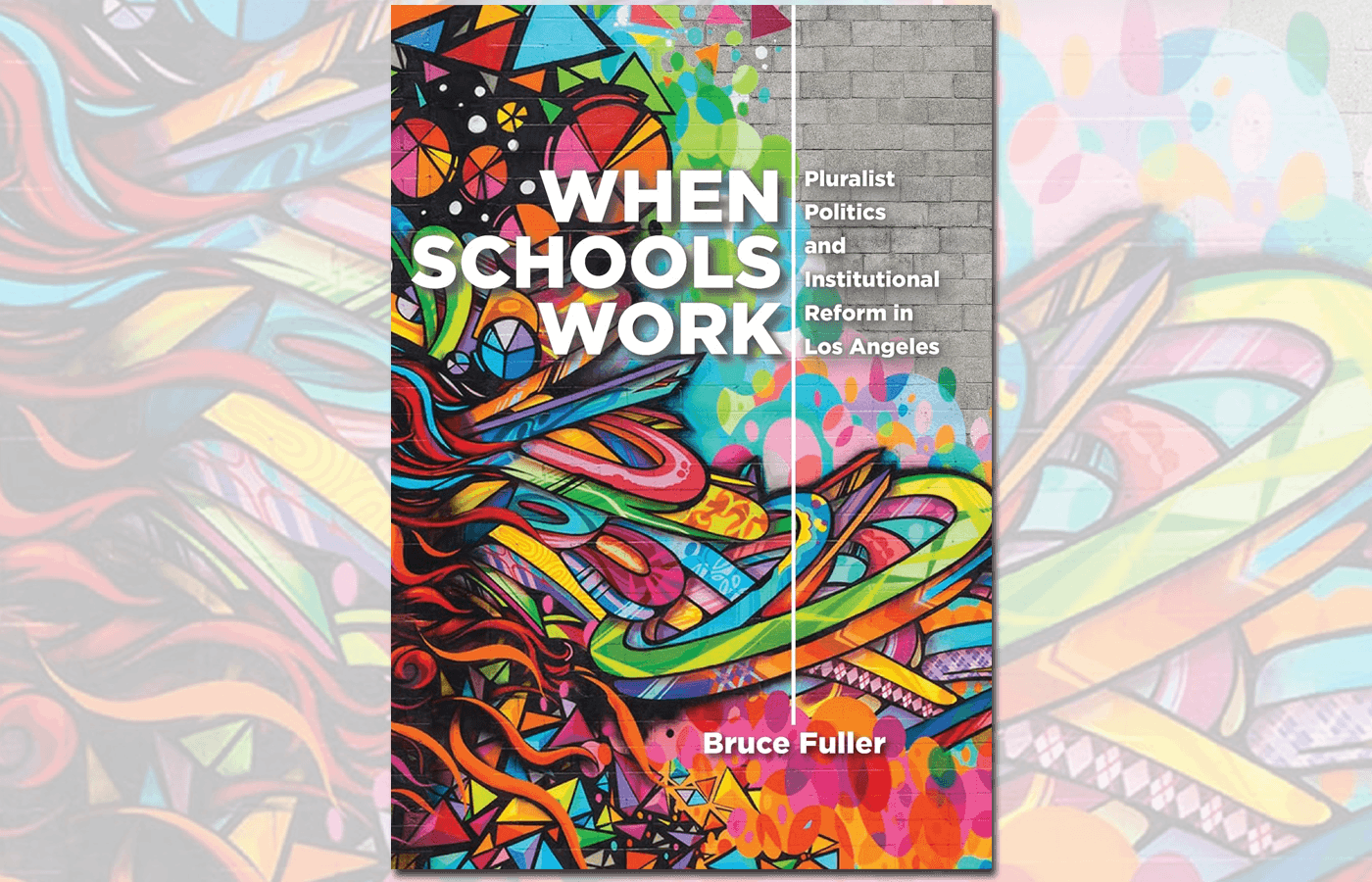
Educational Pluralism and Democracy
by Ashley Rogers Berner
Harvard Education Press, 2024, $35; 224 pages.
As reviewed by Jonathan Zimmerman
Once upon a time, schools in America were plural in structure. Taxpayers funded Protestant, Catholic, and nonsectarian schools. Then along came the Big Bad Public School, which stamped out this glorious diversity. Fueled by waves of anti-Catholic nativism, educators like Horace Mann imposed a “unitary” system that restricted tax dollars to state-sponsored schools. And the rest, as they say, is history.

That’s the story Ashley Berner tells in her smart, brisk, and deeply heartfelt book, Educational Pluralism and Democracy. The time has come, she says, to lay Mann’s system to rest. Building on the seminal scholarship of Charles Glenn and also on her own 2017 volume, No One Way To School, Berner makes the best case I have ever read for a European-style education system in the United States. It would be marked by what she calls a “Grand Bargain”: the state agrees to fund all manner of schools—including religious institutions—and those schools agree to follow shared curricula and standards. That differentiates Berner from libertarians who simply demand maximal “choice” for parents and families, no matter the outcomes. Some choices are better than others, Berner insists, and the state has an interest in improving all of them.
She’s right about that. And in most countries around the world, she correctly notes, the state funds non-state schools to some degree or another.
But I’m still not persuaded that’s the right thing for America.
First of all, Berner gets some of her early U.S. history wrong. Before the rise of Mann’s common school movement, she asserts, different kinds of taxpayer-funded schools—including, again, religious ones—delivered “a remarkably consistent body of academic knowledge from school to school—the essence of educational pluralism.” Yes, there was a wide range of institutions. But the schooling they provided was anything but consistent; to the contrary, it was radically uneven. Most instruction occurred in one-room schoolhouses, where children of different ages memorized passages from whatever books their parents had at home. And while one student was reciting to the lone teacher—typically, a woman in her teens or early twenties—the others put buckshot in the stove, plugged the chimney with brambles, and generally made life miserable for the forlorn “school marm.” Indeed, the enormous variation in curricula and instruction was what inspired Horace Mann and his generation to establish state-run systems in the first place.
Berner is on firmer ground when she indicts the anti-Catholic bias that permeated Mann’s campaign. Many Protestants feared that “Papists” would remain beholden to Rome unless they patronized public schools, where they would allegedly learn to become loyal Americans. But the public schools taught from the King James Bible, which was anathema to Catholics. When they demanded that schools in their neighborhoods read from the Pope-sanctioned Douay Bible instead, violence erupted. In 1844, in my hometown of Philadelphia, at least 20 people were killed and over 100 injured in pitched battles between nativists and Catholics over which Bible schools would teach.
The moral of the story seems obvious, at least to Berner: let each team promote its own religion, assisted by the state, so long as everyone submits to national standards around quality. That’s how they do it in Europe, she says, where most schools—public, private, and parochial—get public money in exchange for following the same academic curriculum. In the U.S., by contrast, we reserve public funds for state-run schools but lack a shared body of knowledge that everyone has to master. Since the early 20th century, Berner complains, American educators have promoted an “anything-but-the-academic” approach that stresses “skills” rather than content. Here, too, I think her history is a bit off the mark. To be sure, theorists at hotbeds of progressive education like Teachers College, Columbia University have emphasized children’s interests and “activities” over disciplinary knowledge. But in most real-life K–12 schools, content remains king. We might not teach the right content, and we often don’t teach it well. But to say that progressive doctrine has dominated classrooms gives the progressives way more power and influence than they deserve.
I also worry that Berner might have romanticized Europe’s educational pluralism, which has sparked intense debate in recent years. The biggest controversy surrounds state-funded Muslim schools, which in some instances have taught a rigid and fundamentalist version of Islam. Berner excludes any substantive analysis of these schools as potential seedbeds of intolerance or even of terrorism. But a recent 14-country study of Islamic religious education in Europe warned that the schools often instill orthodox doctrines and ignore less conservative forms of faith. As Berner emphasizes, European countries erect “guardrails” to prevent schools from transmitting racism, sexism, and other kinds of prejudice; in Holland, for example, they are prohibited from discriminating against teachers or students on the basis of gender and sexuality. But it’s fair to ask whether the religious schools that Berner celebrates are willing to keep up their end of this bargain and what the state is willing to do to enforce it.
And what about race? Berner acknowledges that her system would allow families to patronize schools that “strengthen their identities,” and she seems okay with that. I’m not, if the result is even more racial segregation than we already have. To be sure, America’s own Constitutional guardrails aim to prevent schools from systematically discriminating against any particular racial group. But nothing would prevent families from selecting single-race schools, and Berner doesn’t seem eager to avert that either. A long line of research demonstrates that Black children perform worse academically when they’re in highly segregated environments. As Berner says, repeatedly, she wants the state to encourage good choices. To my reading, that would also require it to discourage parents from choosing schools that correspond to their race.

I also think there are some solid non-academic reasons for the state to favor schools that bring together kids from different racial, cultural, and—especially—political backgrounds. “Unless our children begin to learn together, there is little hope that our people will ever learn to live together,” Justice Thurgood Marshall wrote in 1974. Marshall was referring to racial integration, of course, which school districts had resisted in the years following Brown v. Board of Education. But his dictum applies equally well to the integration of political communities, especially in our own era of rabid polarization. How can our future citizens learn to speak across the Red-Blue divide unless they attend schools that bridge it? And how can that happen if the schools become their own ideological bubbles, echoing the political preferences of the families who select them?
That brings us back to the founding of the common schools and the denial of state aid to Catholic institutions, which Berner sees as the original sin of our system. Again, the anti-Catholic spirit of that moment is beyond doubt. But let’s imagine that the government had funded religious schools, as Berner wants, instead of limiting public dollars to state-run ones. It’s easy to imagine how that could have separated religious communities even further, feeding their mutual hostilities for many generations to come. Protestants and Catholics aren’t at each other’s throats any longer, at least not in the U.S. And surely one reason is that many of them attended school together, especially as parochial institutions started to lose students to state-run schools in the 20th century.
What about the future? Will the U.S. head in a more European direction, as Berner hopes, or will it hold to its distinct practices? (Irony alert: on public funding for religious schools, liberal Americans—otherwise skeptical of American exceptionalism—turn into flag-waving traditionalists. And the center-right—normally averse to “globalism”—urges us to imitate other nations.) I once hosted a visiting professor from Europe who asked me why an American student could receive federal grants to attend Georgetown or Fordham—both Catholic universities—but not to pay for their local parish high school. “Good question,” I replied. There are no easy answers.
And our system might be changing in the wake of the Supreme Court’s 2022 decision in Carson v. Makin, which ruled that states can’t exclude religious schools from a program that pays for private education where no public school is available. I wasn’t surprised that Ashley Berner submitted an eloquent friend-of-the-court brief arguing that the religious institutions should be allowed to receive public dollars in those circumstances, just like any other private school. She has become the most persuasive ally of educational pluralism in America. We would all be wise to listen to her, whether we agree with her or not.
Jonathan Zimmerman teaches education and history at the University of Pennsylvania. He is the author of Whose America? Culture Wars in the Public Schools (2nd edition, 2022) and eight other books. Zimmerman is also a columnist for the Philadelphia Inquirer.





